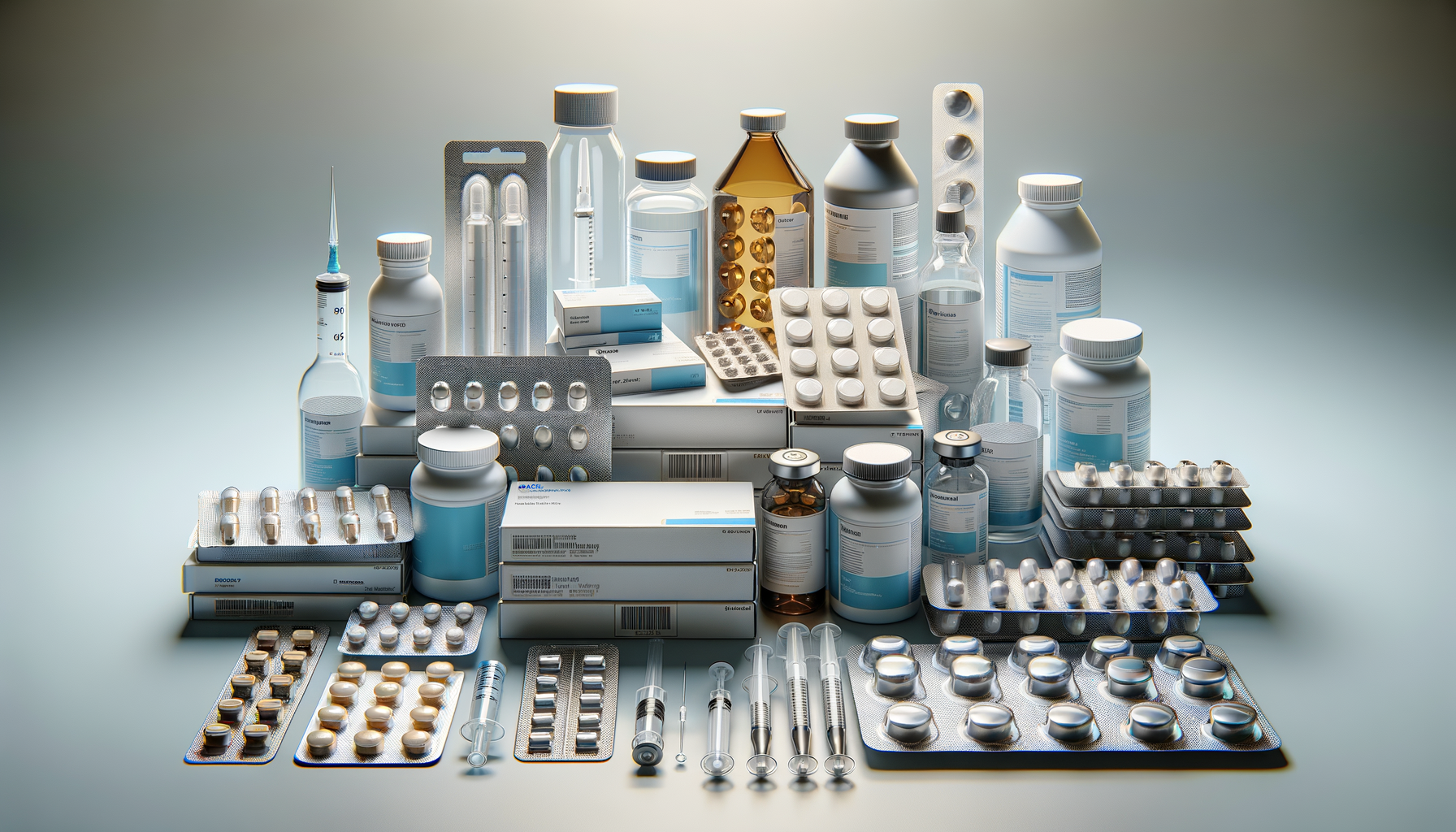Introduction to Pharmaceutical Packaging
Pharmaceutical packaging is a critical component in the healthcare industry, serving multiple purposes beyond mere containment. It ensures the protection of medication from environmental factors, facilitates proper dosage, and aids in the prevention of contamination. The evolution of pharmaceutical packaging has been driven by the need for enhanced safety, regulatory compliance, and user convenience. As the pharmaceutical industry continues to expand, the role of packaging becomes increasingly important in maintaining the integrity and efficacy of medications.
Types of Pharmaceutical Packaging
Pharmaceutical packaging can be categorized into three main types: primary, secondary, and tertiary packaging. Each type serves a specific function in the packaging process:
- Primary Packaging: This is the first layer of packaging that comes in direct contact with the medication. Examples include blister packs, bottles, and vials. Primary packaging is crucial for protecting the drug from contamination and ensuring dosage accuracy.
- Secondary Packaging: This layer provides additional protection and is used for branding and information dissemination. It often includes cartons and boxes that contain the primary packages.
- Tertiary Packaging: This is used for bulk handling and transportation. It includes larger containers like pallets and crates that facilitate safe and efficient distribution.
Each type of packaging is designed to meet specific regulatory standards and ensure the safe delivery of pharmaceuticals to consumers.
Materials Used in Pharmaceutical Packaging
The materials used in pharmaceutical packaging are selected based on their ability to protect the product, ease of use, and environmental impact. Common materials include:
- Glass: Often used for vials and ampoules, glass provides excellent protection against contamination and is highly inert.
- Plastic: Widely used for bottles and blister packs, plastic is lightweight and versatile, offering a range of options for child-resistant and tamper-evident designs.
- Metal: Typically used for tubes and cans, metal offers durability and protection against light and moisture.
- Paper and Cardboard: These materials are primarily used for secondary packaging, providing a surface for printing and branding.
The choice of material impacts the overall effectiveness of the packaging in protecting the medication and ensuring patient safety.
Regulatory Considerations in Pharmaceutical Packaging
Pharmaceutical packaging is subject to stringent regulatory requirements to ensure the safety and efficacy of medications. Regulatory bodies such as the FDA and EMA have established guidelines for packaging materials, labeling, and testing. These regulations are designed to:
- Ensure the packaging provides adequate protection to the product.
- Prevent contamination and ensure the stability of the medication.
- Provide clear and accurate labeling for patient safety and compliance.
Compliance with these regulations is essential for pharmaceutical companies to avoid recalls and ensure the trust of consumers and healthcare professionals.
Innovations and Future Trends in Pharmaceutical Packaging
The pharmaceutical packaging industry is continuously evolving with innovations aimed at improving patient safety and convenience. Some of the emerging trends include:
- Smart Packaging: Incorporating technology such as RFID tags and QR codes to provide real-time information and enhance traceability.
- Sustainable Packaging: A growing focus on eco-friendly materials and designs to reduce environmental impact.
- Personalized Packaging: Customizing packaging to meet the specific needs of individual patients, improving adherence and outcomes.
These innovations are expected to play a significant role in addressing the challenges of the pharmaceutical industry and improving the overall healthcare experience.



Leave a Reply